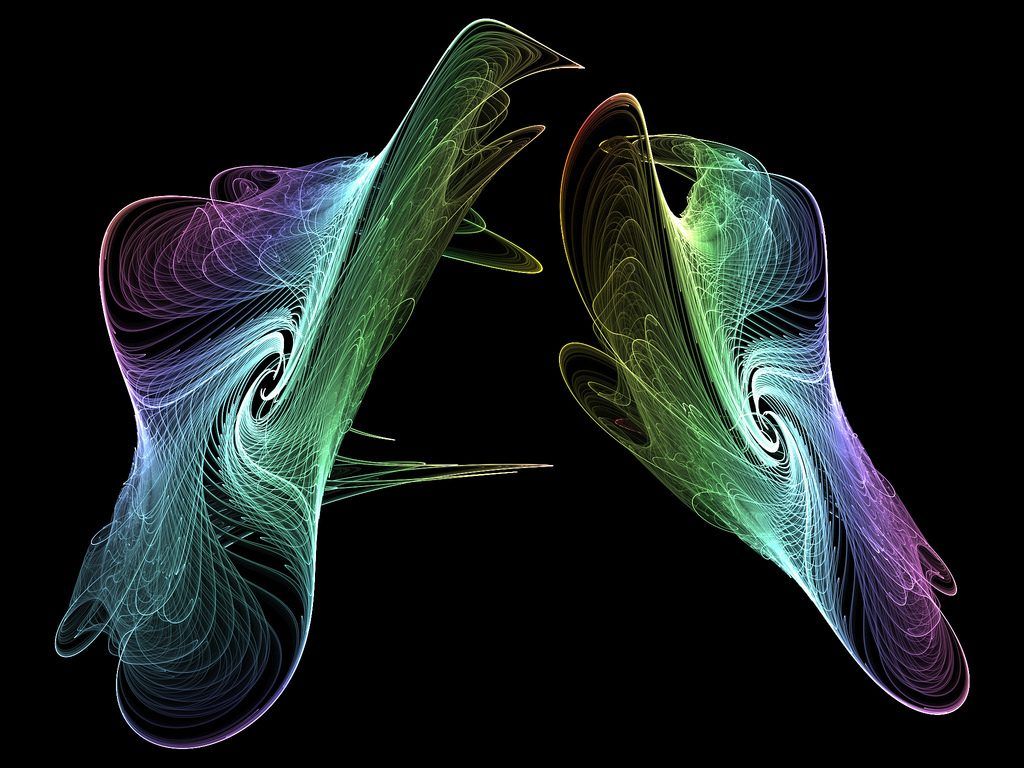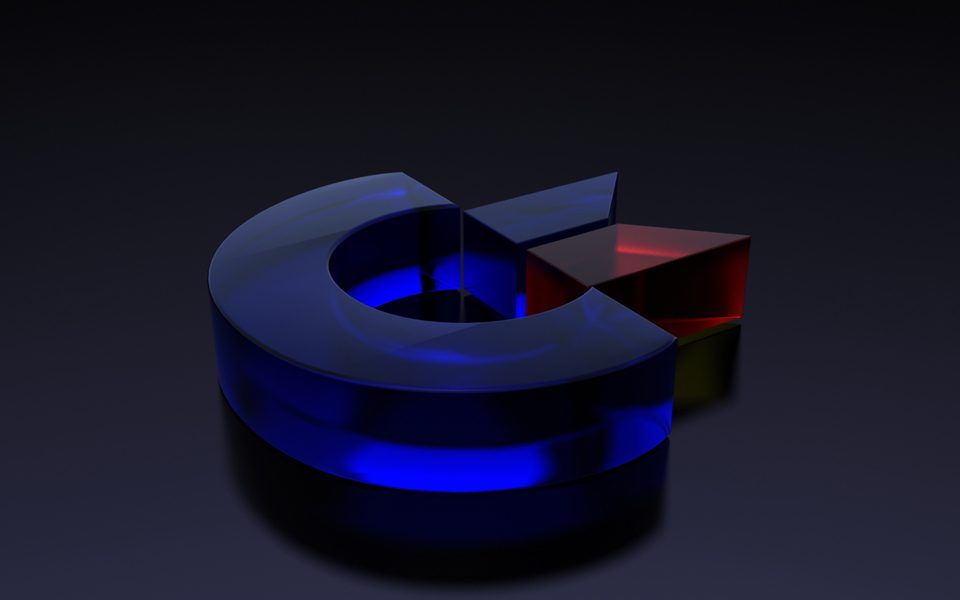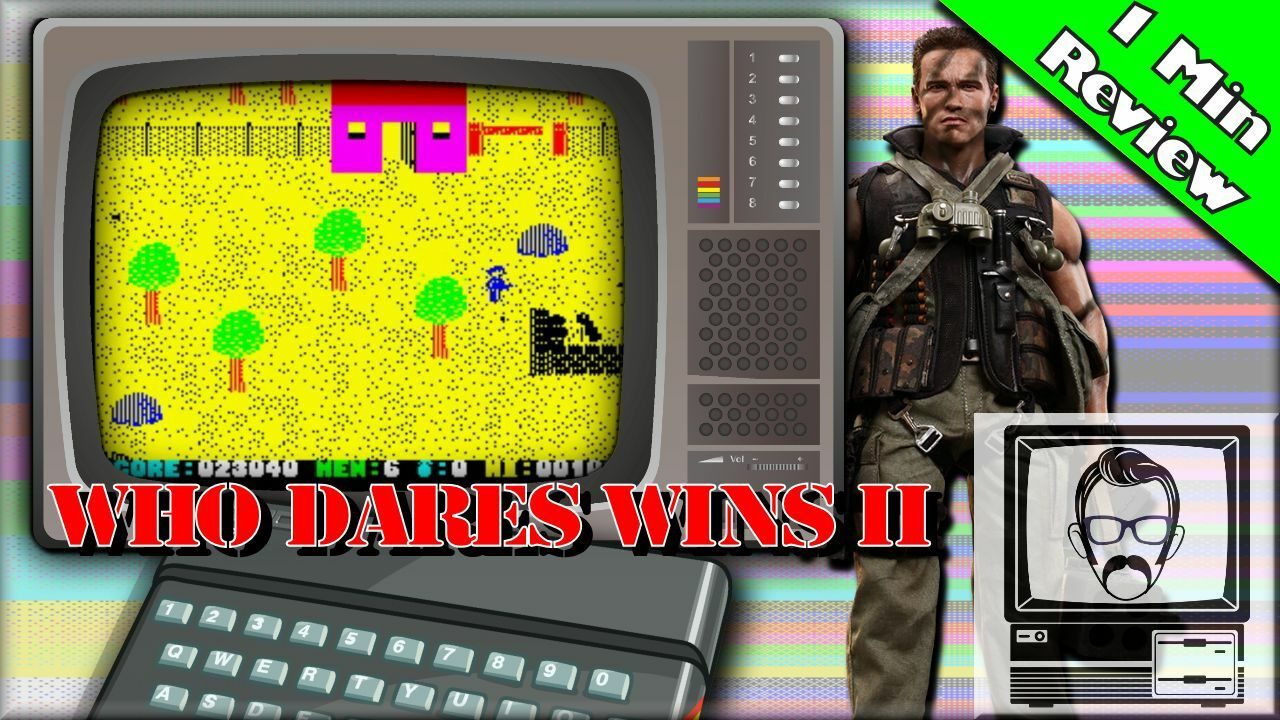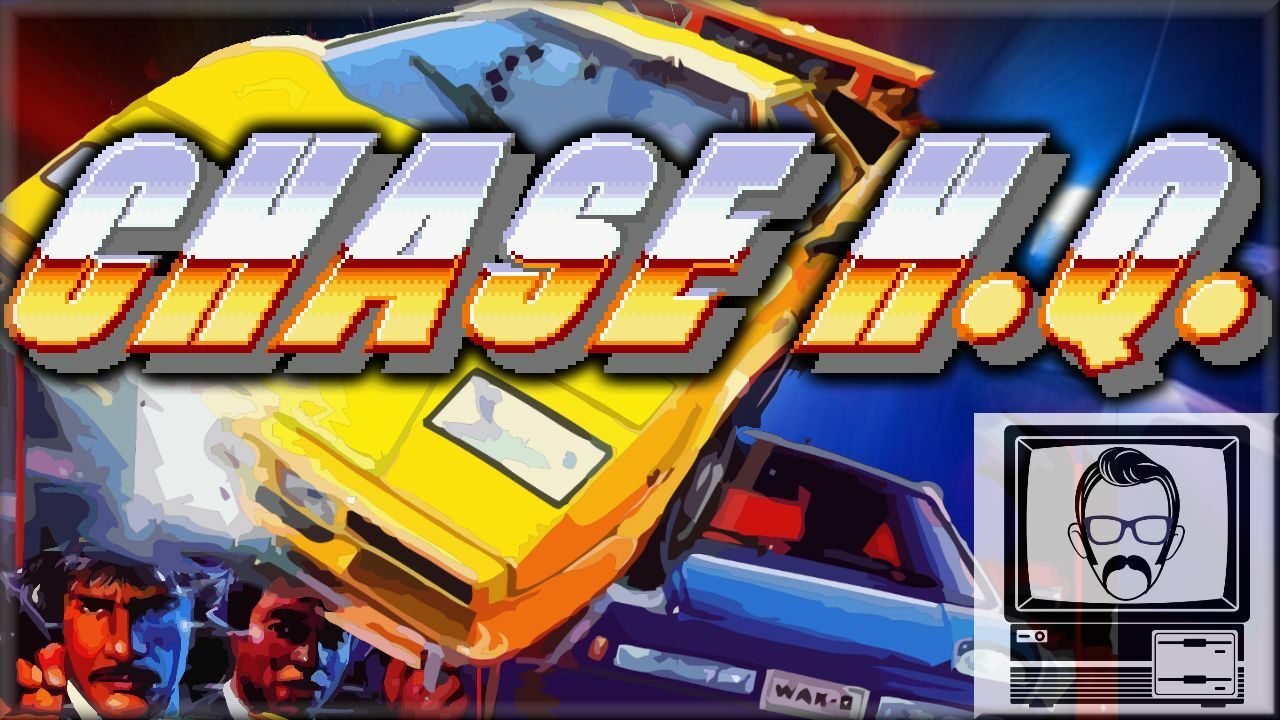Watch the Video
I know it’s an outrageous notion to pose. A spill chilling, shudder inducing one. But if Amiga didn’t exist, what could have happened? Imagine a past where Jack Tramiel didn’t exit Commodore to go and setup Tramel Technology, nor did he purchase the remnants of Atari from Warner Communications, and therefore, nor did he put up funding for Amiga to continue with their work.
It’s difficult to predict what events would transpire if something different occurred in the past. Every single thing that has happened before us was required to get everyone to the point they’re currently at, and if you change one tiny single thing, then the cascade of events which follow would be drastically unpredictable and impossible to determine. We sometimes refer to this as the butterfly effect. But screw butterflies and instead…
1984
Cast your mind back to 1984, and open up an alternative mind, a mind where the course of events you expected… the course of events you know, didn’t happen. Instead we enter a new series of events. A series that would shape the very computing ground we currently stand on.
Jack Tramiel – the founder of Commodore – is currently working at the company he built from the ground up, and there’s a disagreement in the business between the board of directors. Fierce competition of computer hardware has led to a price spiral, and Commodore are keen to find a new direction in the world. This has led to an intense disagreement between Tramiel and Irving Gould – the company’s chairman – however rather than Tramiel leaving to start up Tramel Technology (which is intentionally spelt wrong to stop fuckwits pronouncing his surname Tramiel….Oh) along with a bunch of Commodore engineers, as you’d expect, Gould has a sudden change of heart and the board swiftly enter into a group hug situation and make up.

1985
Not so long later, in early 1985, a small startup company known as Amiga Corporation are doing their best to push onwards in the competitive electronics marketplace. Jay Miner, who was the brains behind the operation had already sought investment from his old employer Atari, who were currently owned by Warner Communications. They had agreed on the basis they could have exclusive rights for a new console, and then licence a fully fledged computer the year after. Amiga’s idea was for a new 16/32-bit chip-set design which they’d codenamed Lorraine, but by now they were again short on funds and Atari were losing patience.
1986
Under Tramiel’s guidance, Commodore looked at the Amiga as a potential business to buy-out, but instead choose to stick to a design some of their engineers have been working on in the background. The chip-set is cheaper to manufacture, whilst still offering similar potential to what Amiga are aiming for, with both built around the Motorola 68000 processor. Commodore’s engineers push forward with the design and with no competition in sight to worry about, launch their next generation machine in early 1986; The Commodore ST. The S standing for Sixteen and the T for Thirty Two, based on the 68000’s 32 bit internal and 16 bit external architecture.
By this point Warner is looking to sell the Atari consumer brand and let go of ties with Amiga, given the business was losing £10k per day. Amiga seek further investment elsewhere, but stall, leaving their ground breaking computer design stuck to accumulate dust for the forseeable future.
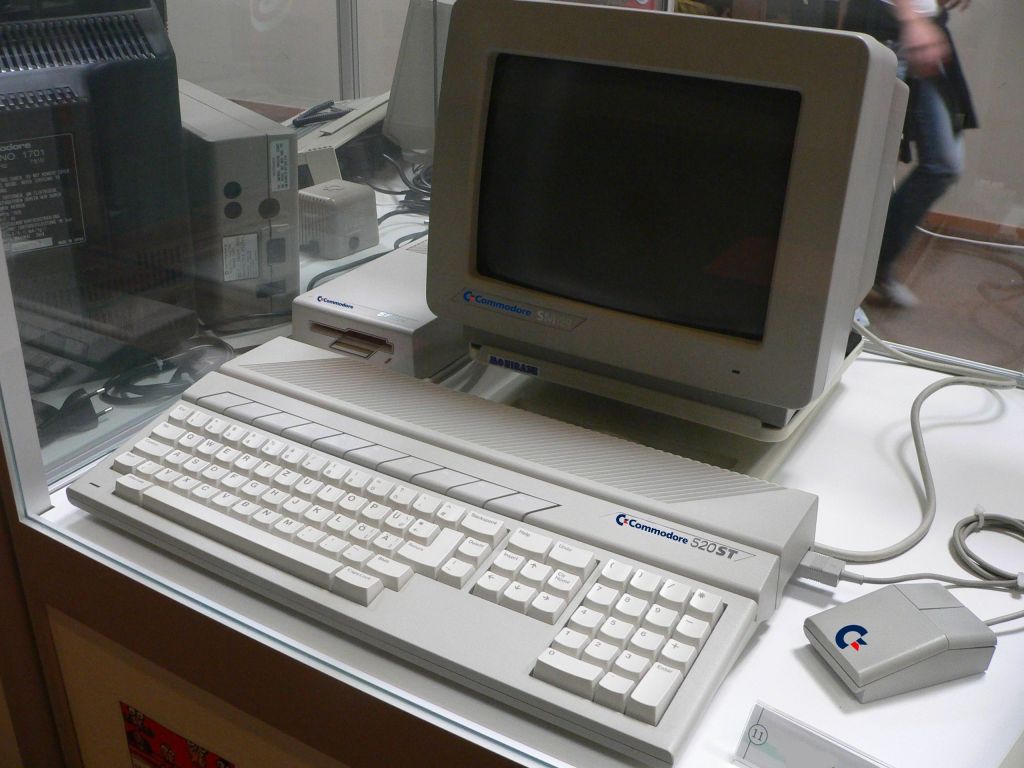
1987
Meanwhile, the Commodore ST gathers momentum as an impressive machine for use by businesses and professionals alike. Having more advanced capabilities than the IBM clones currently on the market and Apple’s Macintosh, it quickly becomes a dominant brand, both in Europe and the States prompting Commodore to launch the STFM in 1987, aimed more for the home markets, with a built in TV modulator. Machine’s are quickly snapped up, alongside a newly released competitor, the Acorn Archimedes. The Archimedes had initially been aimed solely at the education market, but having noticed a gap for some competition, Acorn swiftly applied their marketing tact to the home markets.
1989
The Archimedes sells reasonably well, but never really catches up with Commodore’s momentum, and soon returns to focus on the educational markets. It does however push commodore on to release a new upgrade to their machine which they name the STE, offering an enhanced chipset, sound and expand-ability. Software developers pounce on this new technology with amazing titles like Lemmings, Zool and Lotus Turbo Challenge.

1992 onwards
For the next few years the STE continues to sell well, prompting Commodore to invest it’s spare cash in a new super console before the competition gets the edge. During the summer of 1992 the Commodore Jaguar is released, alongside Commodore’s new high end machine, the Falcon. These both sell well pushing Commodore to launch the Jaguar’s successor, the Commodore Panther. The Commodore Panther is released at about the same time Nintendo try to break into the next generation console market with the Nintendo Playstation… a joint venture between Nintendo and Sony designed as a bid to claw some market share from Commodore, but ultimately, the Panther wins through a loyal fan base, spawning a line of machines up until present day.
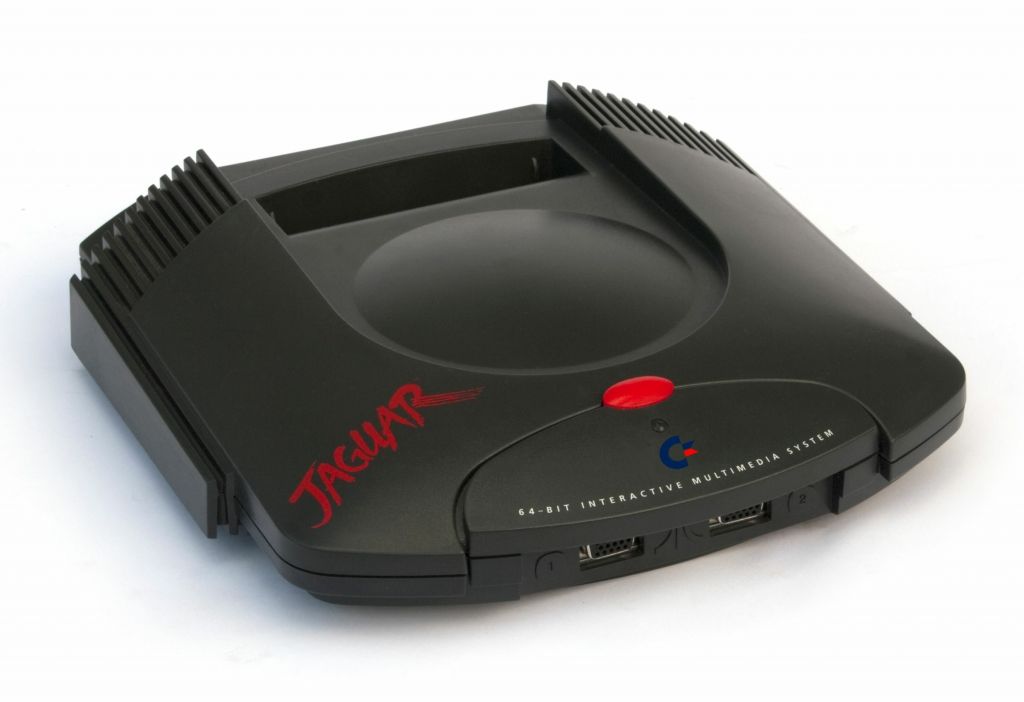
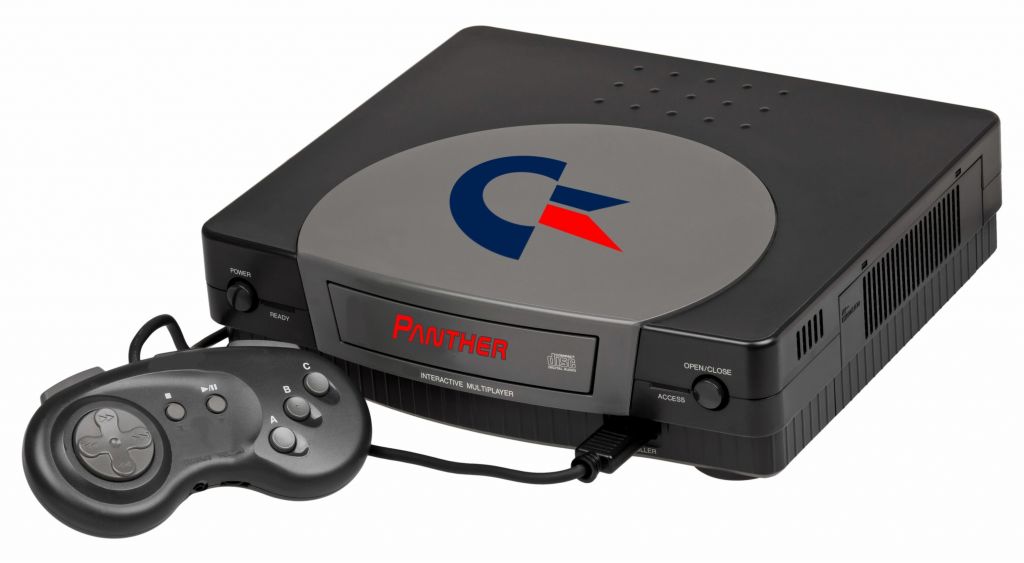
Commodore’s computer line would eventually fall out of grace in the late 1990s, through dominance and falling cost of the IBM PC Compatible, along with the release of Windows ’96, which was owes a few nods to the GEM Desktop used on Commodore’s machines.
Of course whilst this was happening, various films and productions came and went with less than average computer modelled graphics. One example is Babylon 5, which although good in concept was let down by pretty poor 3D modelling produced on Commodore’s ST machines. But hey, that’s all we knew.
Well done Commodore on world dominance. Commiserations to Amiga and to ourselves for having never witnessed the marvel that could have been.
Butterfly effect image sourced from www.flickr.com/photos/cambridgeuniversity-engineering/9412822983
Some images sourced from Wikipedia/Wikimedia

Nostalgia Nerd is also known by the name Peter Leigh. They routinely make YouTube videos and then publish the scripts to those videos here. You can follow Nostalgia Nerd using the social links below.

